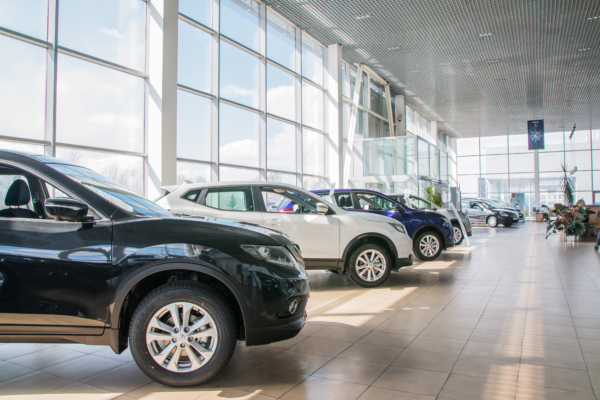On August 21st, the China Automobile Dealers Association released a report on the survival status of car dealers nationwide in the first half of 2024, revealing that 50.8% of car dealers were operating at a loss.
According to a report by Caixin on August 22nd, the China Automobile Dealers Association officially launched a survey on the survival status of car dealers across the country in July 2024, collecting 1164 valid questionnaires.
The survey report indicated that in the first half of 2024, 50.8% of dealers were in a deficit situation, compared to 43.5% for the entire year of 2023, showing an increase in losses in the first half of this year. Within the profit structure of dealers, new car sales saw a gross loss of 26.5%, with after-sales services and financial insurance becoming the main sources of profit.
In China, car manufacturers and dealers set annual and quarterly sales targets and develop business policies around these goals. Dealers who meet sales targets are rewarded with rebates by the manufacturers, while those who fail to meet the targets may miss out on full rebates and other benefits.
In order to achieve sales targets, the second quarter of the automotive market saw rare and significant price adjustments, with many car manufacturers engaging in price wars. According to a report released by Citic Securities, the terminal discount rate in the automotive market has been steadily increasing since 2022, reaching over 20% for the first time in January 2024, and rising to 22.2% and 23.2% in May and June 2024.
Despite efforts to increase sales through price adjustments, one-third of dealers still had completion rates lower than 70%. Luxury and imported brand dealers performed better in meeting their targets, while dealers of joint venture and domestic brands had lower completion rates.
Several investor and operational leaders of dealer groups expressed to the China Automobile Dealers Association that market uncertainty stems mainly from imbalances in production and sales, inflated manufacturer targets leading to deteriorating dealer inventory and survival conditions, and a vicious cycle caused by frequent price reductions and price discrepancies.
The survey report also noted that the automotive distribution industry faced severe challenges in the first half of 2024. New car prices were severely inverted, market prices were chaotic, manufacturer policies lacked continuity, and practices like bundling sales and inventory pressure were common occurrences, leading to a large number of dealers operating at a loss or teetering on the edge of profitability.

